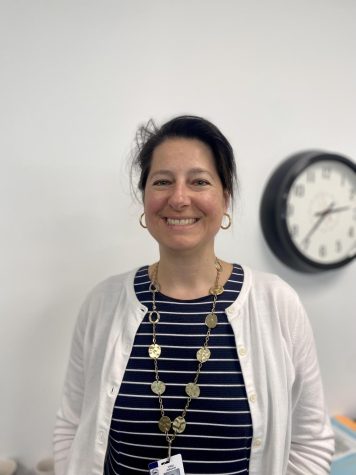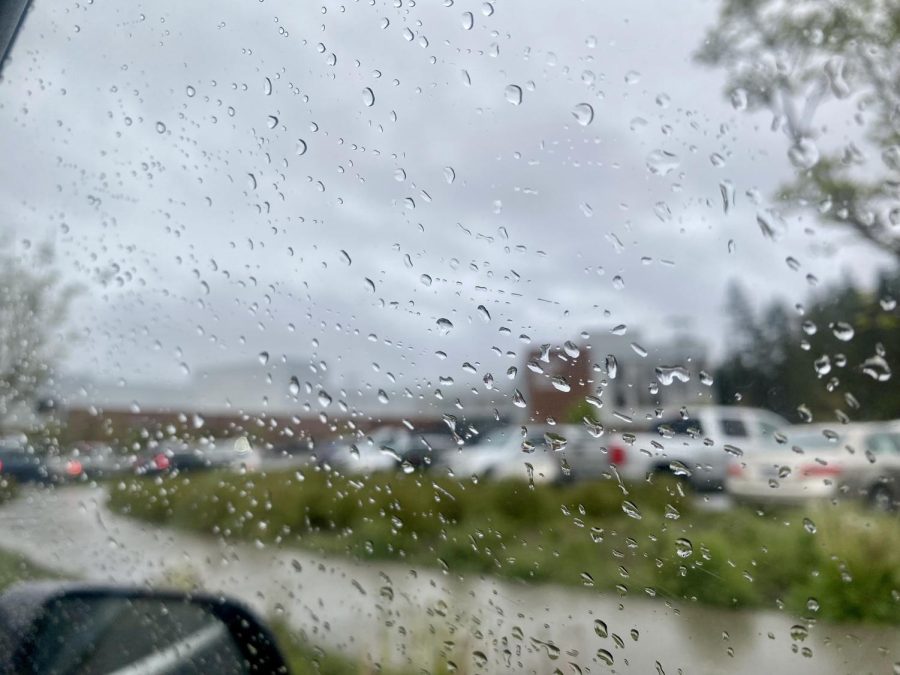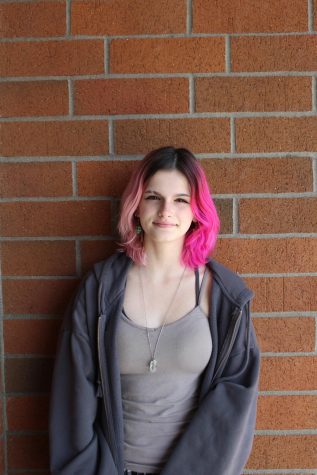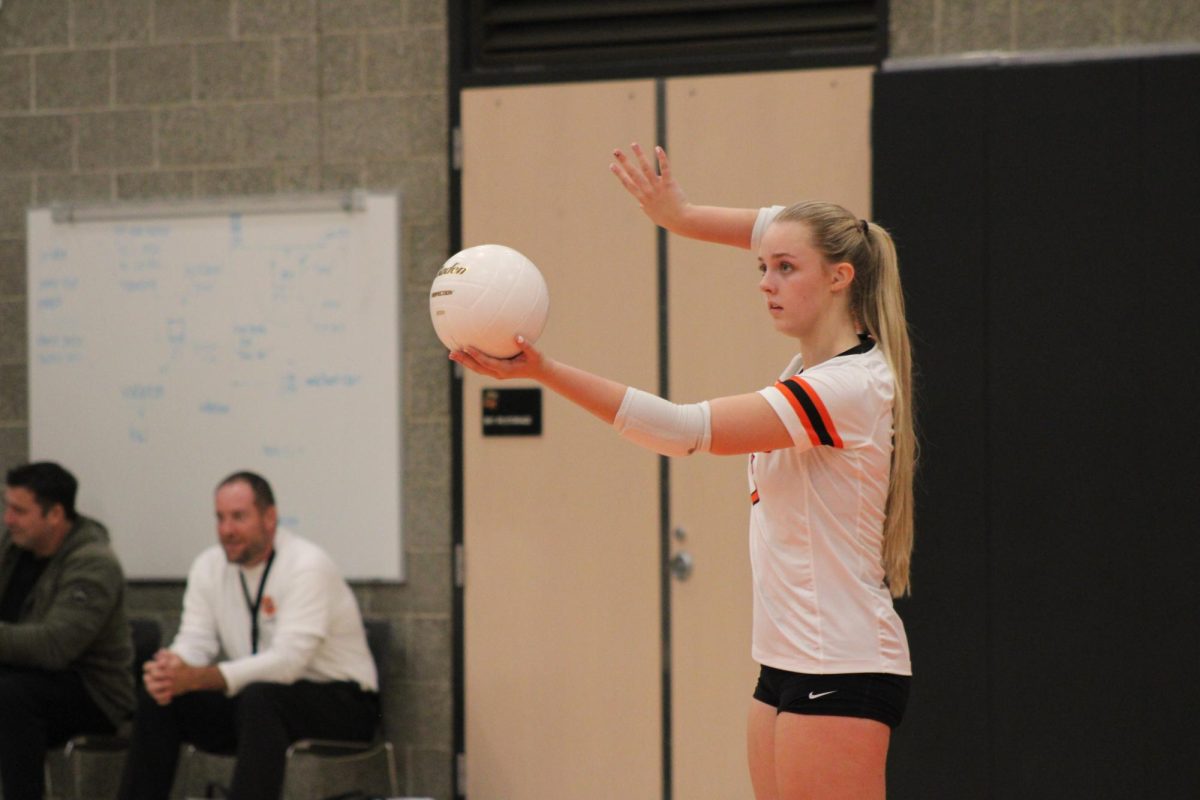Teacher Shortage Plagues CKHS
The teacher shortage is prominent at Central Kitsap High School and causes many teachers to give up their planning periods.
Photo from car on rainy day of CKHS entrance. Student drives up to CKHS in the morning on a rainy day. Taken by Maddie Johnson.
The teacher shortage is a global issue that is only growing worse, and it is affecting students and teachers at this school. Many teachers give up their planning periods in order to sub for other classes, giving them less time to wind down and plan. This results in worse mental health for teachers, and also worse quality teaching for students.
In order to find teachers willing to sub, Jeri Poplin the office manager has to spend two to three hours every day contacting teachers and asking. This takes away a lot of time from other responsibilities she has, in short the teacher shortage affects teachers, staff, and students, and needs to be fixed.
“It affects students because if you have a different teacher, let’s say two or three days a week, then I would say you probably don’t build that rapport with that teacher,” says Poplin. “And some days if I don’t get sub plans from a teacher, then you guys are left hanging because you don’t know what’s going to be happening in the class for that day.”
“I would say on an average probably four to five [teachers] each day [give up their planning period],” Poplin adds.
Although teachers are compensated for the extra hours they work, a teacher at CKHS, Vikki Johnson doesn’t like giving it up for a few reasons.
“We have so many more emails than we used to get and it’s great that families and kids do that but it’s just kind of a weird thing… So yeah, so I don’t,” said Johnson. ”I don’t like staff subbing but of course we need to do it for each other when we can. It’s a mental preparation thing to do the transitioning”

Although teachers are not required to give up their planning periods to substitute, without them volunteering some classes could be left completely without a teacher, causing these teachers to feel obligated to cover classes even when they would much prefer not to.
Due to there not being enough teachers, more students are crammed into each class.
“So I’ve had like 35-40 students in a class before so our numbers are nice and union protected, but not really… For every extra student we give a certain amount of compensation,” Betsy Gordon, CKHS English teacher said. “They don’t have the need to hire a teacher. They just need other teachers to cover and take on extra students.”
These overcrowded classrooms are happening in part to the fact that the district won’t hire new teachers for several reasons, one of which being that they can just overfull current teacher’s classes.
One big issue with finding new teachers and especially having them stay teaching is the support. Some teachers have a period of time after college, and before getting the job that they need experience hours, which are unpaid.
These teachers may not have any income during that period, which makes becoming an actual teacher by crossing that gap very difficult. If they do manage to cross that gap then it becomes an issue of them staying teachers.
In some teacher training programs, teachers are not taught classroom management, which is a very important skill for being a teacher, where you are expected to independently manage a large group of children every day. This stress and unpreparedness often causes new teachers to quit within the first few years.
The solution to ending this teacher shortage is simply helping support upcoming teachers by giving them pay in training, and also more classroom management training. This way working teachers will not need to give up their planning periods to fill classes for others, therefore helping better educate upcoming youth.




